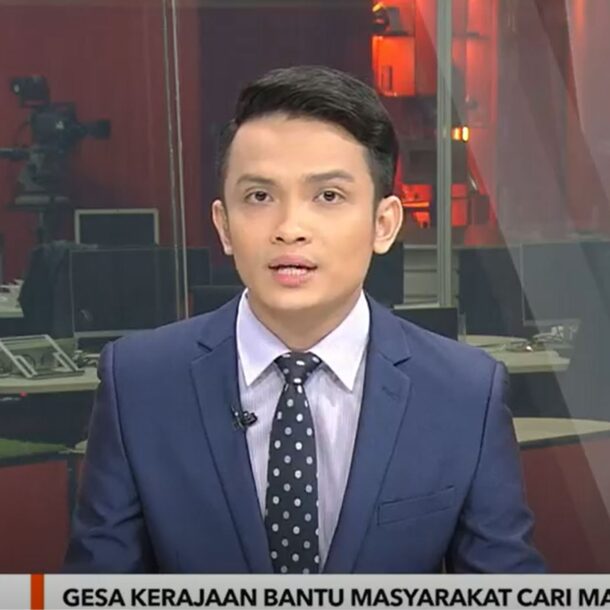
Advertisers can indirectly fund disinformation if they do not monitor their ad placements properly, said a representative of a risk-rating organisation.
Global Disinformation Index (GDI) lead product manager Emanuele Brandi said advertisers play a huge role in creating a trustworthy media environment and thus have a responsibility to make sure that their ads are not placed in sites that promote disinformation.
He said some sites used “clickbaity headlines, controversial headlines, and sometimes trick headlines where it has nothing to do with the content” to draw viewers in order to earn money from advertisers.
“The advertisers really have a role to play, because they are indirectly funding disinformation,” he said during a webinar yesterday (Friday 10 July).
However, he said advertisers are victims as well, as his experience talking to brands found that they do not endorse disinformation.
Unfortunately, he said, advertisers are often unable to monitor where all their ads are placed, sometimes even after enlisting the help of artificial intelligence (AI) filtering services.
Brandi was speaking at a panel in conjunction with the launch of the “Media Market Risk Ratings: Malaysia” report, which was jointly published by UK-based GDI and the Centre for Independent Journalism (CIJ).
Other panellists at the talk were lawyer and CIJ co-director Ding Jo-Ann, Astro Awani anchor Rizal Zulkapli, and Malaysia Information Literacy Education co-founder Darshini Kandasamy.
During the talk, Ding argued having more laws to tackle disinformation will not be effective, but will instead further add to the distrust people have of the information offered by the media and government.
“If a law was all it took – the harsher the law, the more it would work – then Malaysia would have no more corruption, Malaysia would have no more drink-driving accidents, we would have no more drug problems.
“You’re never going to be able to catch enough people to stop them from believing in weird stuff that they read online,” she said.

Ding said there are other measures the government can implement, such as supporting credible public service broadcasts, implementing right-to-information laws, promoting freedom of information, and increasing transparency by publishing information regularly.
Darshini agreed with Ding, citing the example of the Covid-19 vaccination campaign in which she said the clampdown by the authorities against those voicing their doubts on vaccine efficacy only emboldened anti-vaxxers.
“All you did was fan the flame even more,” she said.
She added that a holistic approach involving the education system and parents needs to be taken to educate younger generations on media literacy so they can combat disinformation.
Rizal also agreed on an educational approach to tackle disinformation, saying that identifying them will only get harder in the future as technology continues to evolve.
“What you see on Twitter and Facebook (the disinformation) is just the tip of the iceberg…
“If you don’t give them the information and education to tackle disinformation, then whatever the fire you try to fight on social media, you can’t fight that,” he said.
Source: Malaysia Kini
